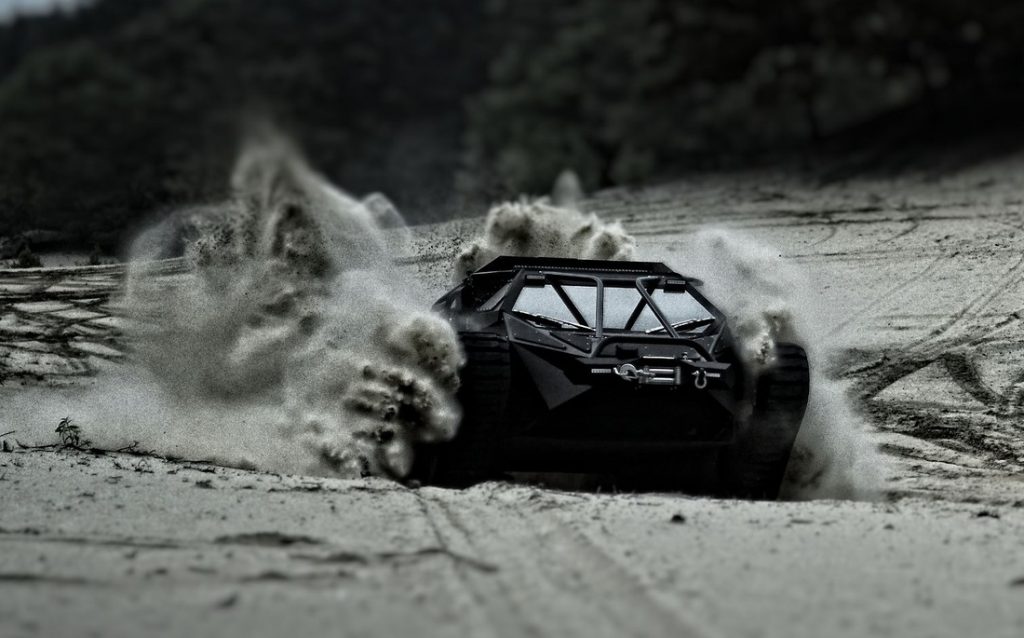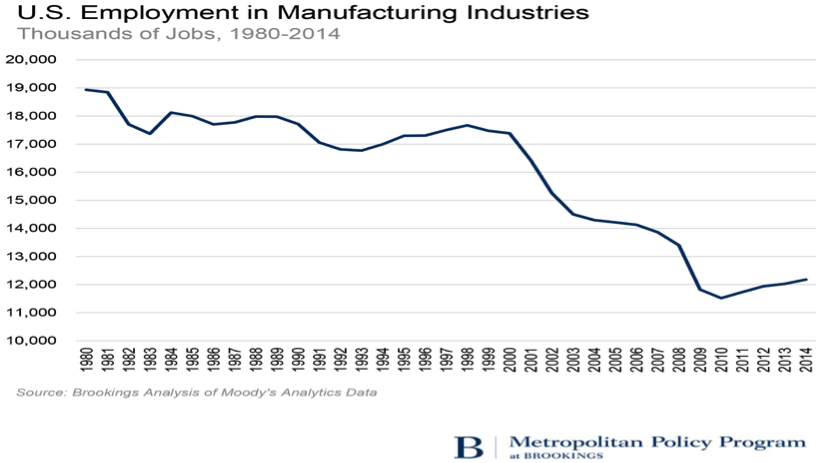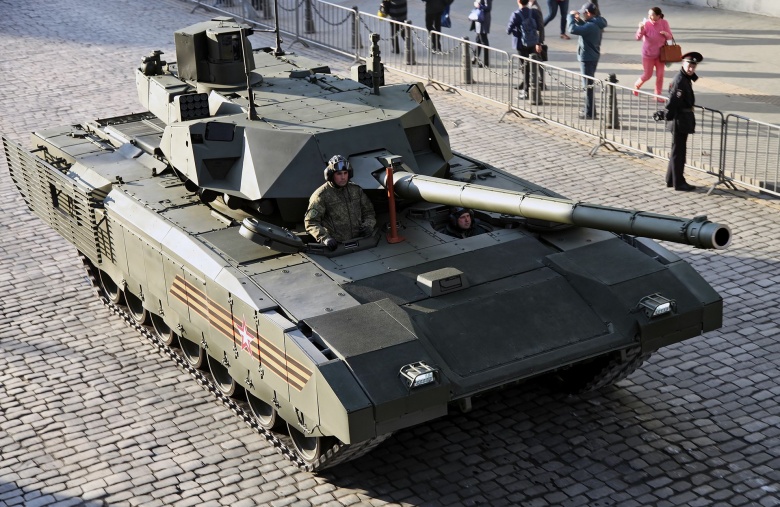
By Charles Bausman
The military relies on skilled professionals to drive or fly tanks, ships, helicopters, and planes. A massive amount of money is invested in these individuals to train and sustain their skills. A single fighter pilot costs 6$ million to become qualified to fly.
The nature of those jobs puts the individual military man or women at an inherent risk. Training accidents leading to fatalities are common, and the risk to life in combat is obvious. Human factors limit how long the machine can be operated, requiring food, water, and sleep.
Development in robotics and automation has changed the face of commercial manufacturing forever. Automated driving may make long haul trucking (the highest density profession in the U.S.) jobs irrelevant in the near future. A host of other relatively unskilled professions is on the chopping block. Automation is simply more cost-efficient and less prone to human factor based mistakes.
Following the private industry example, are military jobs at risk with the advancements in drones and automation? What tech exists that might alter the landscape of the military? Can we predict the change with the loss or displacement of military jobs?
Automation and the Private Sector
Manufacturing industry jobs have been the hardest hit due to automation. Since 1980, one-third of manufacturing jobs have been lost (approximately 7.5 million total).

A study by Dr. Hicks at Ball State University found that of those jobs lost, 88% are due to advances in automation. Meanwhile, manufacturing productivity has steadily increased. For the manufacturing industry, the trend is clear. Automation is simply more cost effective and productive.

While manufacturing jobs have decreased significantly, it has caused an increase in logistical jobs that support automated manufacturing. Dr. Hicks stated that while 7.5 million manufacturing jobs were lost, 9.5 million logistics jobs have been created in the same time frame.
However, some of those logistical jobs may also be at risk with advances in other sectors. Long haul truck driving is the most common job in the United States, providing 1.7 million jobs. It provides an average salary of $42,500 that puts them in the middle class. The Uber owned Otto Motors is looking to change that.
By developing a kit that can be installed into semi-trailer trucks, they are able to completely automate driving the vehicle.

The technology is a clear threat to long haul truck driver jobs. Federal and state government agencies must still approve and regulate the use of automated driving, but the writing on the wall is clear for those in the profession.
Military Technology Projects
While Unmanned Aerial Vehicles (UAV) are commonly known to the public, several other projects are being developed by the U.S. military and foreign militaries to automate and remotely drive military vehicles.
These projects represent military efforts similar to the private industry that will either replace the need for human employment or shift them to newer technical support roles.
Sea Hunter
The Sea Hunter, or officially the Anti-Submarine Warfare Continuous Trail Unmanned Vessel (ACTUV), is a completely autonomous ship meant to hunt diesel submarines nearing completion for the U.S. Navy. It is touted to be able to operate at sea for months at a time over great distances, with no human crew. The ship costs $20 million per ship, which is significantly cheaper than human crewed vessels with similar missions.
Drone Boat Swarm
https://youtu.be/pGsdaqpq-5w
A similar project on a smaller scale is the Drone Boat Swarm project by the U.S. Office of Naval Research. These small vessels are able to “talk” to one another, altering tactics against a threat and ensuring that no area is left unattended. Designed for harbor defense, escort duties, and reconnaissance, they provide a possible solution to the kind of attacks demonstrated against the USS Cole in Yemen.
Lockheed Martin Kaman K-1200 K-MAX & UH-60 Blackhawk

The K-MAX is designed to provide aerially delivered logistical support in terrain deemed too dangerous for manned aircraft. It has already been successfully employed in Afghanistan. It is not remotely driven, but rather completely automated. Capable of hauling 6,000 lbs. of equipment, it began to provide support to Marine Corps units in Helmand Province as early as 2011.
In a similar effort, the U.S. Army has begun testing of a kit which allows the UH-60 Blackhawk helicopter to be flown via software, completely automated. If determined that a pilot is needed, the aviator can simply climb into the cockpit.
Ripsaw Tank
The U.S. Army has experimented with the commercially available Ripsaw Tank, which can be operated remotely. Able to be outfitted with a variety of weapon systems, the Ripsaw can travel at speeds up to 90mph.
Russian T-14 Armata Tank

The recently revealed T-14 Armata is Russia’s latest design to it’s history of tank vehicles. The turret does require manning; it is controlled from within via sensors by the crew, increasing survivability. Russian officials have claimed that is capable of become completely automated in the near future.
Law Enforcement and Fire Drones
Advancements in drones to fight fires and patrol highways are also rapidly advancing. The Fireproof Aerial Robot System (FAROS) is a quadrotor drone designed withstands temperatures up 1,800 degrees F. It can climb walls, detect fire sources, and search building interiors. In an environment where a firefighter may not be able to see due to smoke and debris, the drone can quickly locate and communicate the location of trapped persons.
In a South Korean prison, a Robo-Guard was tested to patrol and monitor prisoners in a correctional facility. The drone is able to recognize violent human behavior and communicate to Correctional Officers. South Korean officials intend to employ a version of the Robo-Guard during the 2018 Winter Olympics in PyeongChang.

Is your job at risk?
How might drones and automation change jobs in the United States military in the next fifty years? If we follow the private industry example, those most at risk are jobs that directly employ machinery. Tanks, aircraft, ships… anything that has a steering wheel can likely be automated or remotely controlled.
As an example, let’s duplicate the effect of manufacturing drones on jobs decline or a one-third decrease in total jobs. The graph below shows the number of machines employed by the US Military according to report by Global Fire Power, number of personnel required to operate it, and the number of jobs potentially lost or altered due to automation and remote driven technologies.
| Vehicle Type | Total Number | Crew Required | Total Crew Population | 1/3 Jobs Altered/Removed |
| Tanks | 8,848 | 4 | 35,392 | 11,679 |
| Armored Fighting Vehicle | 41,062 | 3 | 123,186 | 40,651 |
| Self-Propelled Guns | 1,934 | 4 | 7,736 | 2,552 |
| Helicopters (Attack and Transport) | 6,084 | 2-5 | 12,168 – 30,420 | 4,015 – 10,038 |
| Fixed Wing Aircraft | 13,444 | 1-2 | 13,444 – 26,888 | 4,436 – 8,873 |
| Destroyers | 62 | 175 | 10,850 | 3,580 |
| Submarines (Fast Attack) | 75 | 135 | 10,125 | 3,341 |
| Coastal Defense Craft (Cyclone Class) | 13 | 28 | 364 | 120 |
| Mine Warfare (Avenger Class) | 11 | 80 | 880 | 290 |
| Total: 70,664 – 81,124 |
This number is not inclusive of all vehicles within the military, nor does it represent the total number of personnel qualified to operate them. However, it does provide an approximate number of those who are actively serving as crews, drivers, or pilots at any given time.
To be clear, this automated technology is rapidly developing but is not necessarily employed currently. If we follow the manufacturing example, a 22% increase of forces would likely follow the automation of the vehicles in various support and logistical roles.
The ethical dilemma of automated machines for the purpose of war is often cited against its use. Regardless, the Department of Defense is investing large sums of money to advance the technology. If drones and automation technology continues to develop, the common jobs we have come to know in the military will likely be removed or altered forever.
Questions, comments, concerns? Email coach@mtntactical.com
Learn More About MTI And Our Approach HERE
